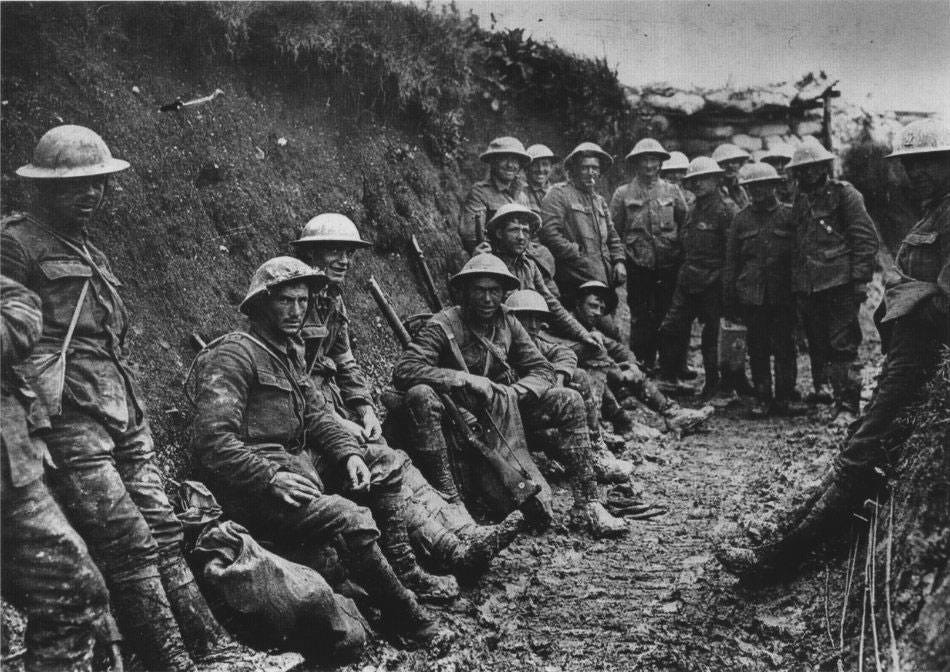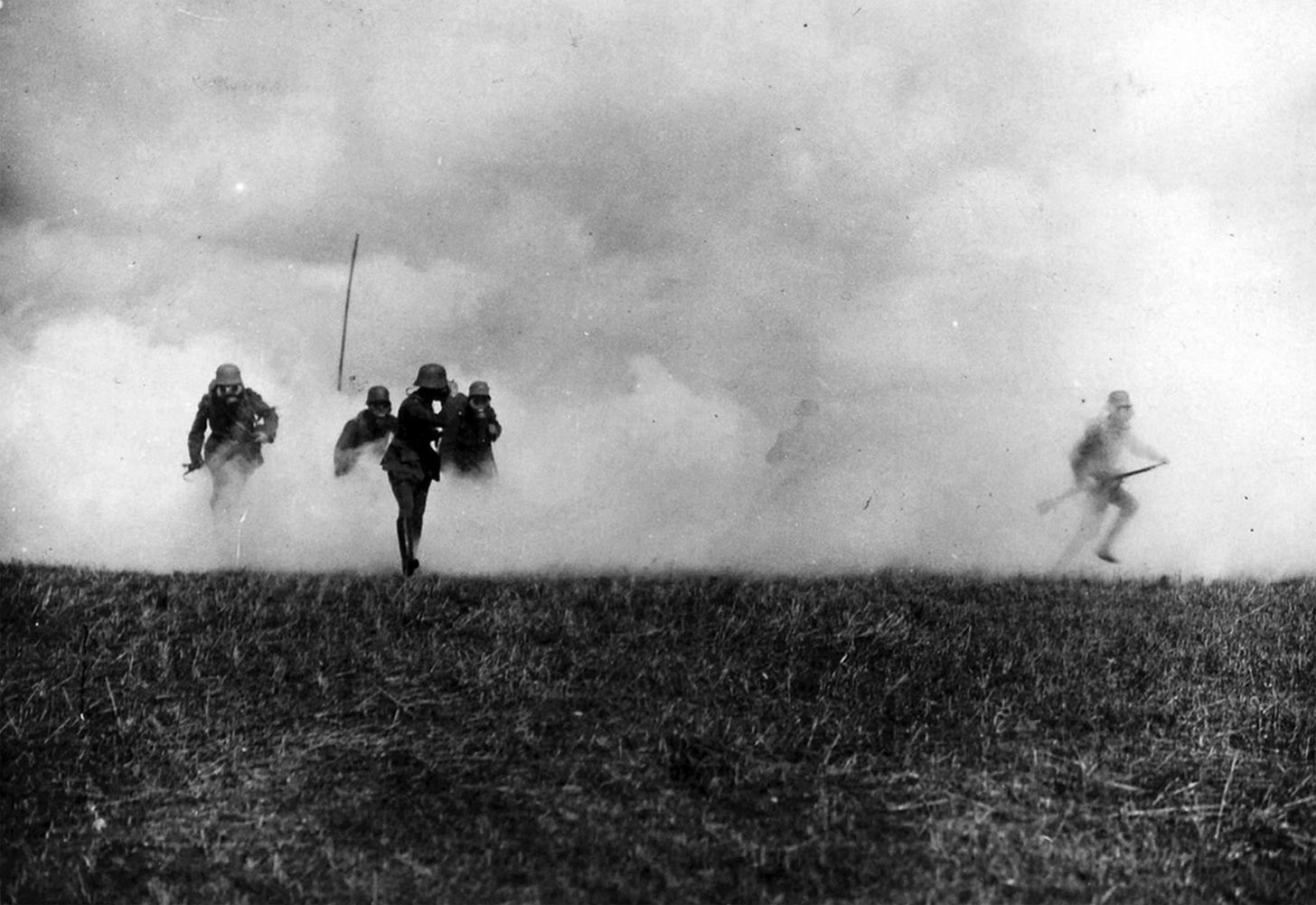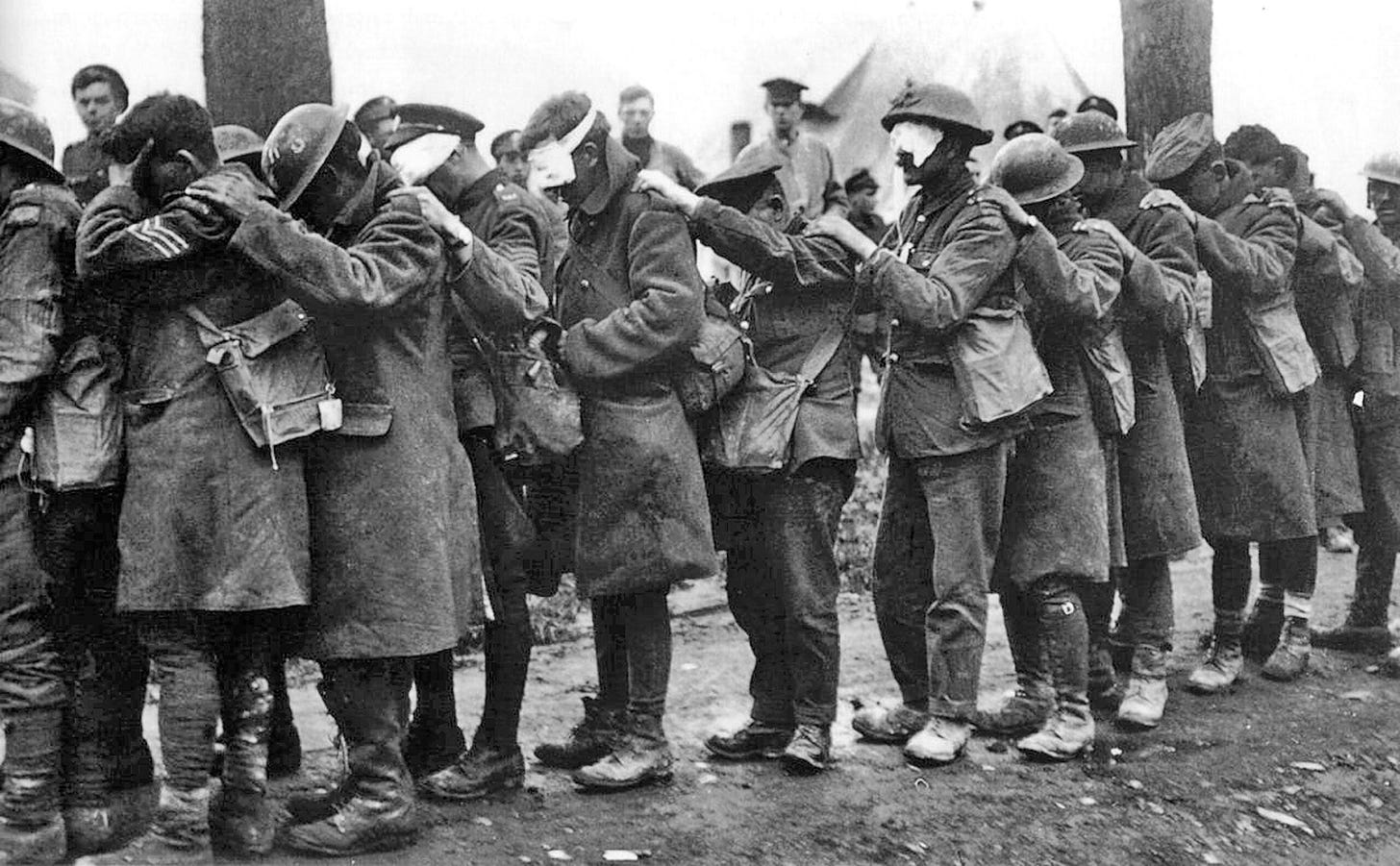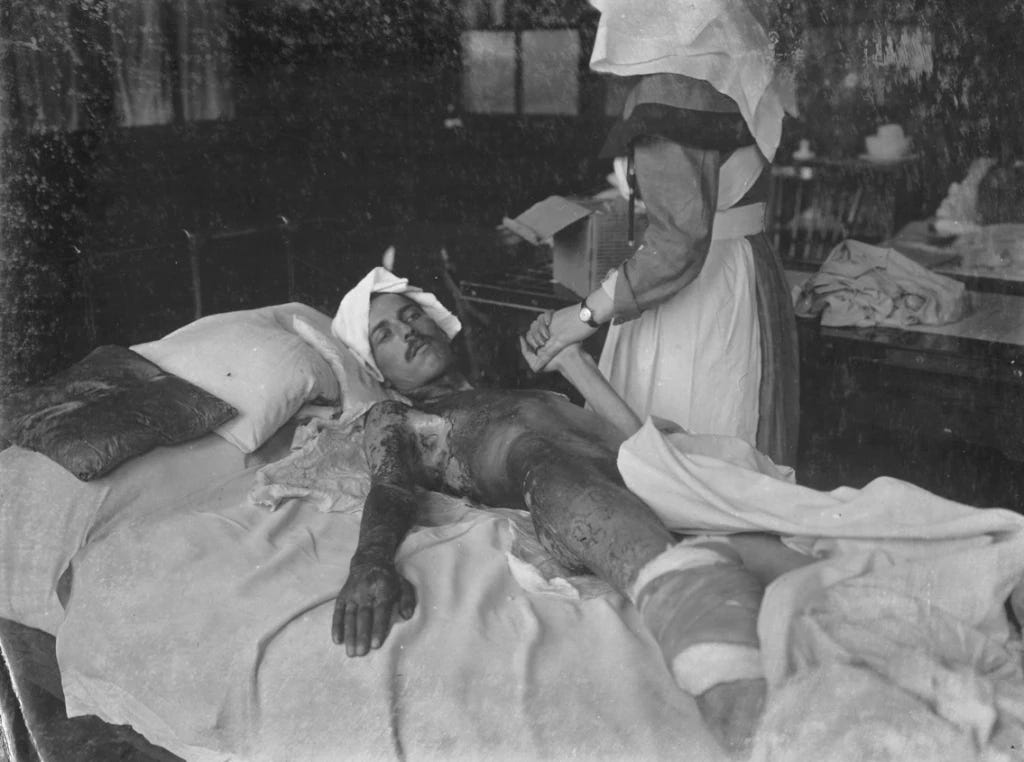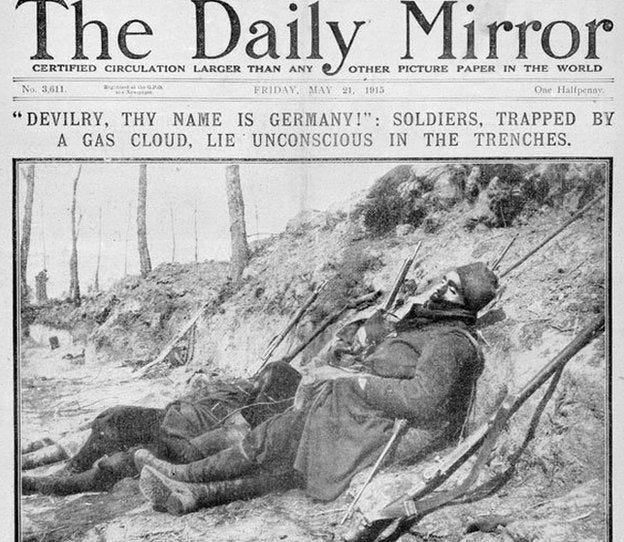For this week's newsletter we're going to do it a little different. Instead of the usual Blackpill and Whitepill dichotomy I present you a story that is both simultaneously. It's a mixed bag no matter how you look at it - hope you enjoy it all the same.
Unintended Consequences
It’s no secret that some of humanity’s greatest inventions have also led to catastrophic consequences. Though they be unintended - consequences all the same.
Take lead for example - once thought of as a wonderful additive to paint as it made it more durable and vibrant. Who wouldn’t want their house to stand out among the rest on the block? Or its addition to gasoline as an anti-knock agent and its ability to increase the octane rating while improving engine performance. Who wouldn’t want their car to run better? Or the inclusion of lead in pipes and plumbing fixtures to make them more durable, malleable, and resistant to corrosion. Who wouldn’t want to save millions on infrastructure repair costs and not have to deal with leaks?
It wasn’t until the 1940’s that an alternative story began to be told about the dangers of adding lead to everyday products in America. But by then the Lead Lobby had already spent decades misleading the public about the dangers of lead to protect its profits. The consequences of which lead to (pun intended) irreversible cognitive and developmental delays in children, behavioural changes, kidney disease, cardiovascular disease, and plenty more. Mind you this happened across several generations and it’s not like lead can flush through your system quickly and efficiently. And that’s just lead - there are plenty of other examples where seemingly novel inventions lead to disastrous consequences down the line.
In the 1940’s and 50’s DDT (Dichlorodiphenyltrichloroethane) was seen as a novel pesticide that was extremely effective at killing insects, controlling diseases, and its seemingly infinitesimal effects on the human body. The US gov’t not only believed this but they heralded it as a “miracle” chemical that helped the Allies win WWII by protecting troops from malaria. Look no further than the video above and below to see just how much the American loved their DDT.
And yet it was only years later when further studies were conducted which found DDT being a neurodevelopmental toxicant that disrupts the nervous system. Animal studies showed it could cause hyperexcitability, tremors, incoordination, and convulsions. Not to mention that DDT and its breakdown product DDE are highly persistent in the environment, bioaccumulate in fatty tissues, and have long half-lives of up to 10 years in the human body.
Another examples can be seen in the discovery of antibiotics which have undoubtedly saved countless lives. While at the same time their overuse and misuse has led to the emergence of antibiotic-resistant bacteria. What treatments remain when the bacteria you’re fighting are unfazed by our most advanced medicines?
And most famously we have fossil fuels which has enabled humanity to become more efficient in their production and labour - whilst also contributing to the pollution and climate change of the globe. To what extent we have contributed to this is a matter of debate but it is undeniable that we’ve done our part all the same.
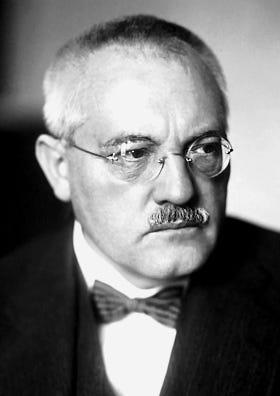
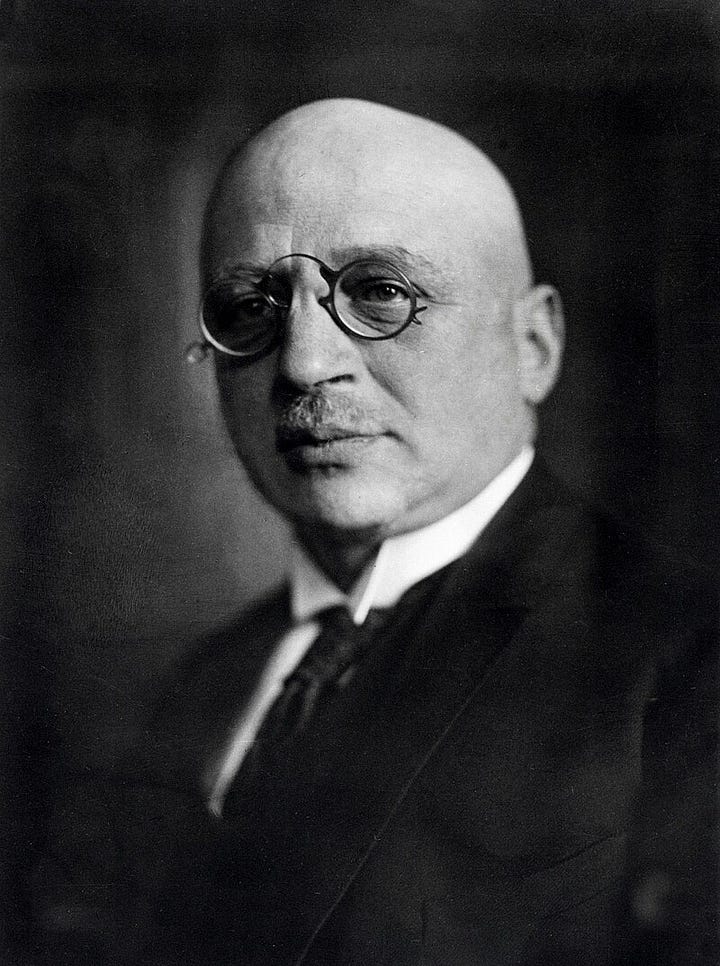
But today I’d like to focus on a lesser-known invention that had unimaginable consequences to say the least. This being the Haber-Bosch method of producing ammonia through the combination of nitrogen and hydrogen from the atmosphere. The reason this discovery was so important is because this allowed for the large-scale production of nitrogen-based fertilizers at a time when the population growth continued to accelerate exponentially after the Industrial Revolution.
With all those people moving from small towns to the urban centres nations around the world needed a robust system of feeding them and their offspring. Not to mention the drastically increased lifespan of the average citizen due to medical progress and technological developments. You not only had a rapidly growing populace but one that would also live for much longer than they did in the past which places a tremendous strain on the food supply. Some scientists even believed that had it not been for the Haber-Bosch method there would have been cases of widespread famine around the globe as the supply of food would not have been able to meet the demand.
Prior to this discovery, farmers were limited to natural sources of nitrogen for their fertilizer. This included manure, compost, nitrogen-fixing crops like beans, and guano (bird and bat excrement). They were certainly effective in promoting crop growth but with the increasing global population it became more and more difficult to attain these natural resources. This became such a hot commodity that in 1856 the Guano Islands Act was passed in the US - decreeing that US citizens could claim uninhabited islands with guano deposits. It is estimated that roughly 100 islands were claimed under this act - some of which remain US territory to this day.
And so with the discovery of the Haber-Bosch method in the early 20th century came exponential growth the likes of which were never seen before. Food production acceleration fed into population acceleration which directly led to productivity acceleration for nations around the globe. It can also be said that this process led to increased environmental conservation as natural sources of nitrogen were no longer necessary for mass-production farming. Why bother exploring, extracting, and exporting nitrogen across the oceans when you can simply suck it out of the air?
It all seemed well and good until other applications of this process began to be exploited with the dawn of the First World War. For one it allowed nations like Germany - that were under strict sanctions from the Allied Powers - to continue untethered food production within their nation considering you no longer needed external sources of fertilizer. More importantly, Germany no longer needed to rely on imported nitrates for the production of explosives. Anything and everything from bombs, mortar shells, artillery rounds, grenades, mines, and depth charges could now be made in-house.
This also inadvertently led to the first modern instance of chemical warfare. Despite the Hague Convention of 1907 prohibiting their use - Haber proposed using chlorine gas, which is heavier than air, to break the deadlock of trench warfare. Haber took it upon himself to organize 150 scientists and 1,300 technical personnel to develop chlorine, mustard, and phosgene gasses.
For those unfamiliar - chlorine gas can cause devastating damage to any living tissue it comes in contact with. At high concentrations and prolonged exposure it can cause death by asphyxiation. Chlorine being heavier than oxygen also means it would remain low on the ground and penetrate trenches instead of simply dissipating into the air.
Sure you could simply stand up and not be exposed to as much of the gas but what of the men in stretchers or those simply sleeping while the enemy released the gas? First contact with chlorine gas occurred at the 2nd Battle of Ypres which resulted in 1,100 grueling deaths and 7,000 life-lasting injuries. Counter measures in the form of gas masks and piss-soaked cloths over the faces of soldiers were quickly deployed but only after the initial contact.
The pictures above do not do it justice. The corrosive consequences of these poisonous gasses would leave permanent life-long scarring on those “lucky” to have survived - both internally and externally. And that’s not even getting into mustard or phosgene gas whose effects were no better.
Phosgene gas smelled of moldy hay which made it difficult to detect and the consequences of exposure would not be felt until after 24 hours. Victims would appear initially fit but the next day their lungs would fill with fluid as they slowly suffocated in an agonizing death.
Mustard gas, like chlorine, would immediately affect the subject upon contact. Their eyes would become bloodshot, painful and watery, often resulting in temporary blindness. Their skin would break out with severe blisters particularly in moist areas like armpits and genitalia. As the blisters popped they would also become infected. It also sensitized its victims meaning that further exposure at even lower doses of the gas would produce the same symptoms.
And this is all simply talking about the human cost and effects from exposure to these gasses. Think about how it affected the environment as these gasses were eventually absorbed by the land where these conflicts were fought. The untold amount of contamination that would seep deep into the soil is unimaginable.
Even if we are to put aside the God-awful effects of chemical warfare - the Haber-Bosch method had plenty negative consequences on its own merit. For one, the process required large amounts of energy mostly drawn from burning fossil fuels like coal and natural gas. It also results ion the releases of nitrous oxide - a potent greenhouse gas considered to be about 300 times more effective at trapping heat than carbon dioxide.
The resulting runoff from farms that use nitrogen-based fertilizer also pollutes entire bodies of water and enables algae blooms which creates dead zones where aquatic life cannot survive. This runoff could also leech into the groundwater and drinking water which particularly affects infants causing Blue Baby syndrome. This is where the ability of blood to carry oxygen is greatly reduced causing blueness around the extremities. In severe cases it could case breathing trouble, vomiting, diarrhea, and even death.
Yet even with all that we cannot ignore the vast amount of benefits that have come about as a result of the Haber-Bosch method. It is estimated that if it were not for this method the global population in 2000 would have been 3 billion less people - meaning that roughly half of the world’s population today is alive due to the process. The ammonia produced during the process is also now used in the production of pharmaceuticals, plastics, and textiles that we all enjoy. Just about every synthetic product we now use has been enabled by the Haber-Bosch method. It is quite literally impossible to consider what life would be like had it not been for this discovery.
Like most inventions - the Haber-Bosch process is neither good nor bad when you tally up its aftershock. Just as it enabled exponential population growth and mass-production farming it simultaneously enabled and accelerated what is considered one of humanity’s most devastating conflicts. Not to mention the astronomical environmental toll this process has had on the planet which will be felt for generations to come.
Point is - these consequences were unintended as the initial purpose was to discover novel methods through which humanity can continue to prosper. How many decades went by as people used fossil fuels until we began to consider their impact on our environment? How many jobs were outsourced to foreign nations for the sake of cheaper products until we realized the ghost towns it would leave behind? How many lives were saved by antibiotics only for us to realize we were enabling the growth of antibiotic-resistant bacteria?
And what of the times we find ourselves in with our interconnected globalized world and inevitable AGI on the horizon? It’s nearly impossible to predict how the advent of new technologies can have disastrous consequences for the future - though I’m sure many have tried. Maybe all we can do is hope for the best and prepare for the worst.
That about does it for this week's White Pill Wednesday newsletter - hope you enjoyed reading and be sure to share it.
You can find me on Twitter as @Wh1tePill where I post more often.






